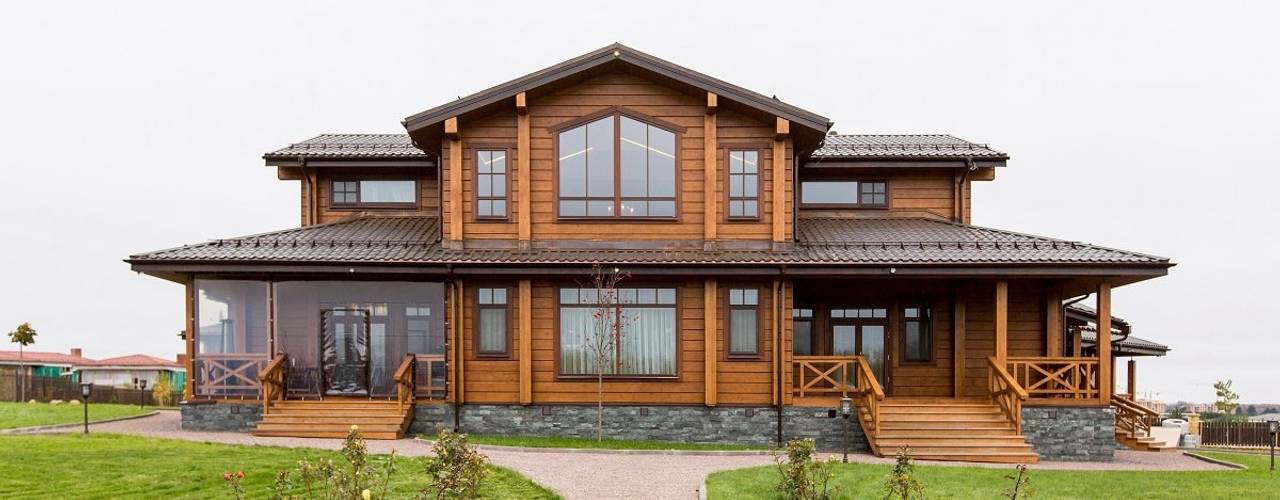Wooden homes have a timeless charm and warmth that makes them a popular choice for homeowners. The use of wood in construction dates back centuries, and today, it continues to be a versatile and sustainable building material. While wooden homes offer numerous benefits, they also come with their own set of challenges. In this article, we will explore the advantages and disadvantages of wooden homes, helping you make an informed decision if you are considering building or living in one.

The Advantages of Wooden Homes
1. Aesthetic Appeal
One of the most compelling reasons to choose a wooden home is its natural beauty. Wood has a warm, inviting appearance that adds character and charm to any property. The grain patterns, knots, and texture of wood create a sense of authenticity and a connection to nature that is difficult to replicate with other building materials.
2. Environmentally Friendly
Wood is a renewable resource, and when harvested sustainably, it has minimal environmental impact. Many countries have strict regulations and practices in place to ensure the responsible management of forests. Additionally, wood sequesters carbon, reducing the overall carbon footprint of your home.
3. Energy Efficiency
Wood has natural insulating properties, making wooden homes more energy-efficient. Wood provides a thermal barrier that helps maintain a comfortable indoor temperature. It can also reduce heating and cooling costs by keeping the interior of the home cooler in summer and warmer in winter.
4. Quick Construction
Wooden homes are often quicker to build compared to homes made of other materials like concrete or steel. The construction process is less complex, and wood is easier to work with, which can save both time and money.
5. Durability
When properly maintained, wooden homes can be highly durable. Wood can withstand environmental stressors like earthquakes and high winds, making it a safe choice for areas prone to natural disasters. Additionally, wooden structures tend to flex and adapt to changing conditions, reducing the risk of structural damage.
6. Customizability
Wood is a versatile material that can be shaped and designed according to your preferences. Whether you’re looking for a traditional, rustic appearance or a modern, sleek design, wood can be adapted to suit your aesthetic vision. Wooden homes offer flexibility in terms of design, allowing for a wide range of architectural styles.
7. Health Benefits
Wood has been shown to have positive effects on human health. Research suggests that being in close proximity to wood can reduce stress, lower blood pressure, and improve overall well-being. The natural scent and visual appeal of wood can create a calming and serene atmosphere in your home.
The Disadvantages of Wooden Homes
1. Vulnerable to Pests
Wooden homes are susceptible to pests like termites and carpenter ants, which can cause significant structural damage. Regular inspections and preventive measures are essential to protect your home from these threats.
2. Fire Risk
Wood is combustible, making wooden homes more susceptible to fires. While there are fire-resistant treatments available, they may need to be reapplied periodically to maintain their effectiveness. Properly maintained smoke detectors and fire extinguishers are crucial for wooden homes.
3. Maintenance Requirements
Wooden homes require ongoing maintenance to preserve their beauty and structural integrity. Exposure to the elements, such as rain, UV rays, and humidity, can lead to wood decay, warping, and splitting. Regular painting or staining, sealing, and repairs are necessary to keep the wood in good condition.
4. Costs
While wood is a renewable resource, high-quality wood can be expensive. Additionally, the maintenance costs, including painting, staining, and sealing, can add to the overall expenses of owning a wooden home.
5. Environmental Concerns
While wood is considered environmentally friendly, its production and transportation can have a carbon footprint. The environmental impact depends on factors such as the source of the wood, logging practices, and transportation distances. Using sustainably sourced wood and local suppliers can help mitigate these concerns.
6. Vulnerability to Rot
Wood is susceptible to rot when exposed to excess moisture. Rot can weaken the structure of a wooden home and compromise its integrity. Proper drainage, ventilation, and sealing are essential to prevent moisture-related issues.
7. Noise Transmission
Wooden homes may transmit noise more easily than homes with other construction materials. Sound insulation measures may be needed to reduce noise transmission between rooms or from external sources.
Tips for Maintaining Wooden Homes
To maximize the benefits of a wooden home and minimize its challenges, consider the following maintenance tips:
1. Regular Inspections
Frequently inspect your home for signs of pest infestations, rot, and other issues. Early detection and treatment can prevent major problems.
2. Protective Coatings
Apply protective coatings such as paint, stain, or sealant to your wooden home as recommended by the manufacturer. These coatings help protect the wood from UV damage, moisture, and pests.
3. Keep Moisture in Check
Ensure that your home has proper drainage and ventilation to prevent moisture buildup. Address leaks and other sources of water intrusion promptly.
4. Professional Maintenance
Seek professional assistance for major maintenance tasks, such as refinishing or structural repairs. Professionals have the expertise and tools to ensure the work is done correctly.
5. Fire Safety Measures
Install fire-resistant materials and ensure your home has proper fire safety measures in place, such as smoke detectors, fire extinguishers, and an emergency escape plan.
Conclusion
Wooden homes have a timeless allure that draws homeowners seeking a combination of natural beauty, sustainability, and energy efficiency. However, they also require careful maintenance and protection against specific challenges such as pests and fire risk. By understanding the advantages and disadvantages of wooden homes and following the recommended maintenance tips, you can make an informed choice and enjoy the unique charm and benefits that wooden homes offer.